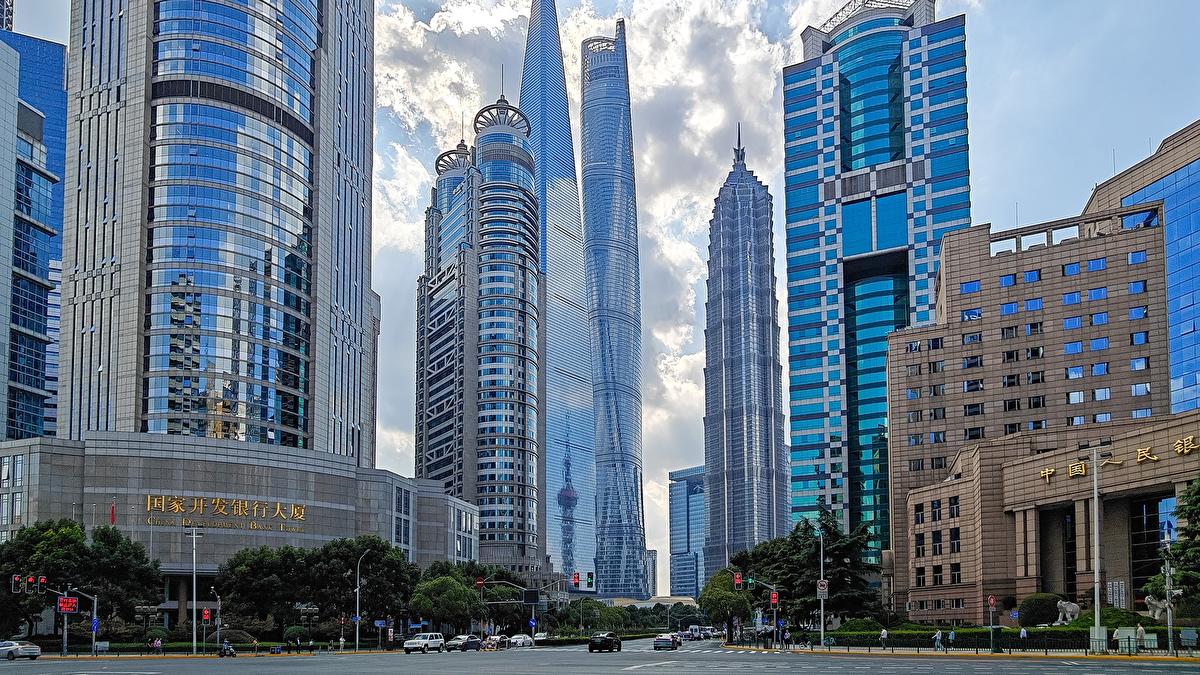
The year 1949 was pivotal for the People's Republic of China. Seventy-five years have passed since the date symbolizing the country's stability and reunification. Over this period, China has undergone significant economic transformations.
In 1950, with an economy valued at $60 billion, China was primarily an agricultural nation. World War II and civil conflicts had severely damaged its infrastructure. However, the rise of the Communist Party of China and the unification of the country under a single leadership led to major advances. The planned development phase facilitated the establishment and growth of manufacturing, iron and steel, and other industrial sectors.
In 1978, China began a period of trade liberalization. Industrial facilities were transformed with a focus on efficiency, and an export-driven development model was adopted. Facilities opened to foreign investments led to a significant increase in production. While national income was $367 billion in 1978, it rose to $1.88 trillion by 1990. Additional trade reforms in the 1990s made Chinese firms more productive. As foreign investments surged, China became one of the world's leading production centers.
In 1978, China accounted for just 1 percent of global trade, but by the 1990s, it had surpassed many developed Western countries. The development drive in the 2000s transformed China into a major global player. By effectively navigating the 2008 global financial crisis, China overtook European countries in both technological capacity and production volume.
In 2013, China surpassed the United States of America in terms of purchasing power parity, becoming the world's largest economy. Additionally, China, now the center of global exports, has become a leader in R&D investments and expenditures.
Today, with an economic volume of $18.5 trillion and trade capacity approaching $6 trillion, China shapes the global economy. It sets future technology trends and serves as an inspiration to other nations. This leads to the question: How can a country achieve such success in a relatively short period, from 1978 to 2024?
While there are many answers, the most important and critical factors are stability and practicality. Indeed, China has accomplished at least two miracles worthy of human history over the decades: The longest span of fast and steady economic growth, coupled with the longest span of social stability, twin feats mutually supporting one another.
The most critical step in China's development history can be attributed to its investments in technology. China's consistent support for technology companies over many years has produced global giants such as Huawei, Baidu, Alibaba, Tencent, BYD and Xiaomi. While the duration of economic development varies depending on a country’s conditions, China's success stems from its focus on reform, stability, and strategy. In particular, the combination of an efficiency-based production approach with technology gives Chinese companies a competitive advantage. Additionally, the absence of political pressures, compared to Western companies, further enhances the appeal of Chinese firms.
Today, Chinese companies are investing globally, holding assets worth over $2 trillion. The central bank of China surpasses the world’s largest banks with its reserves of $3.3 trillion. A similar trend can be seen in local Chinese banks. Over the past 50 years, the Communist Party of China has lifted nearly 900 million people out of poverty, transforming the nation into a middle-class society and positioning itself as the architect of this success.
As a result, the "Made in China" brand now drives the global economy. In the coming years, countries that follow the People's Republic of China's example may experience similar successes.
Dr Deniz İstikbal is an economics researcher with Istanbul Medipol University. The views do not necessarily reflect those of China Daily.


